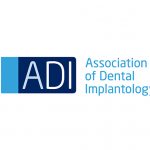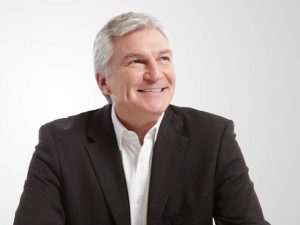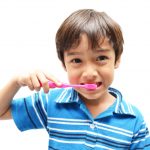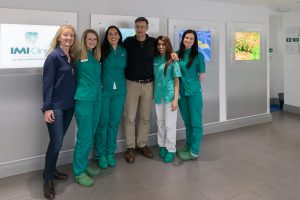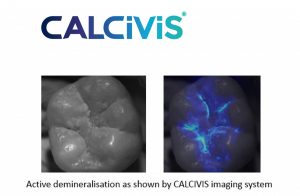Recently, the programme ‘Surgeons: at the edge of life’ was aired on the BBC. The first episode demonstrated the incredible procedures used to treat those with head and neck cancers – specifically the removal of a cancer in the maxilla with a facial reconstruction using a free flap from part of the hip. Shortly after the programme I had the privilege of spending a week with the maxillofacial team at the Queen Elizabeth Hospital in Birmingham. It was truly inspiring and it reminded me of our hugely important role as dentists for these patients.
In lectures we learn about oral squamous cell carcinomas, in practice we know to look out for it; however we may only ever discover one in our lifetime as a practising dentist. It is easy to underestimate the incidence of oral cancer in the population as we are not exposed to it relatively often. I was exceptionally surprised at how many patients were treated weekly at this one hospital alone, and it gave me the realisation that oral cancers are very real and aren’t as ‘rare’ as they may seem; it turned the issue from something conceptual to reality. I saw many patients receiving the diagnosis of oral squamous cell carcinoma, receiving the news the carcinoma had been successfully resected and receiving the news that their prognosis is very poor. These patients had to undergo radical, often life-changing, surgery with very limited prognosis over five years. It re-confirmed to me how important our role as general dental practitioners is to pick these carcinomas up early. In fact, our role is just as crucial, although in a different way, as the Maxillofacial surgeons that carry out the procedures.
I saw patients who had a localised malignant lesion, which could be resected with adequate margins; their cancer had ‘gone’ and their prognosis could be up to 95 per cent over five years. There were then the patients who had cancers that had been detected later and had spread to nodes whose prognosis is significantly guarded. Of course, with every cancer the later it is detected the poorer the prognosis. Head and neck cancer, though, is particularly difficult to treat with such important surrounding structures being present. We as dentists are in the exceptional position to see patients regularly – every six months, maybe even more frequently. We are in the best position to detect these carcinomas at the earliest stage when the prognosis is greatest. People don’t see their doctors this regularly and often ignore symptoms of other cancers as they don’t want to face the possible truth, often leading to late diagnosis of malignancies. However, we should be the reason patients have a good prognosis! Although we spend our days drilling and filling, this is the one situation where our job really can determine life or death.
I was surprised to hear from my supervising consultant that the incidence of oral cancer is on the rise, though we are unsure why this is at the moment. Smoking, alcohol and the Human PapiIlomavirus remain the most highly associated risk factors. However, I thought about the possibility of an ageing population being a possible explanation for this rise in the incidence of oral cancer. With this in mind, it is also important to remember that cancer is a disease of all ages.
My placement at the QE Hospital not only inspired me, but reminded me that however busy we are, as much as we are squeezed by time constraints, we are often hugely important in ensuring patients have the best prognosis possible. With oral cancer on the rise, we have to be even more pro-active at spotting it. We all need to do that 30 second extra oral examination and soft tissue examination, no matter what the circumstance. That next patient who walks through our door may embody our one- of-a-lifetime diagnosis.






